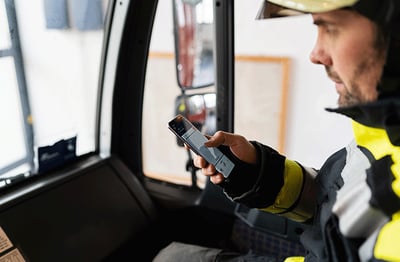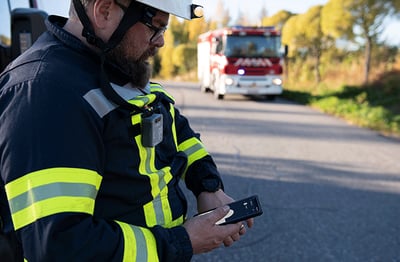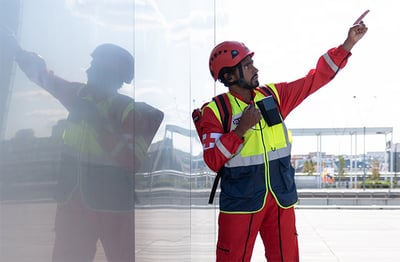Organizations are increasingly looking at professional apps and the Covid-19 pandemic has forced them to create new ways of working – these two findings are from the Airbus mobile apps survey in 2021. How can professional apps improve an organization’s operational efficiency, safety, and security?
The 2021 survey looked at the professional apps market. It found that 84% of respondents already use apps in their daily work.
But how can professional apps help organizations work in better ways? Here are three examples:
- People in distress will get help quicker
- Aircraft turnaround time will be faster
- Medical teams will save time.
What are your opinions about professional apps and related trends? What would you consider essential for 2022?
Share your opinion! Take this survey.
Give your input! (It will take less than six minutes.) At the end of the survey, you can subscribe to the 2022 report. You’ll be among the first to receive it directly into your email Inbox.
Three examples of how apps can help you work better
Let’s look at three practical examples of how professional apps can help achieve success – helping people in danger, making airports more efficient and saving patients’ lives.
1 – People in distress will get help quicker
Imagine a major fire in a shopping center or office block.
If you are a field commander, you need to get a full picture of the situation. This will help you and your team to deal with the incident quickly. For example, you could get a better view of the situation through a live video feed from drones. Infrared cameras in the drones help identify where the fire is strongest. With this information, you can help your teammates tackle the fire quicker.
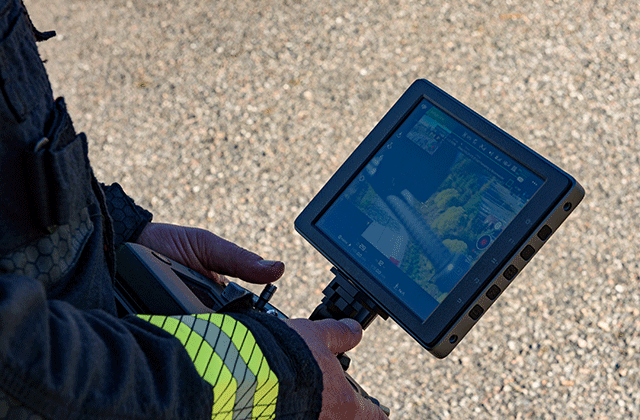
With an indoor positioning app, you could also know exactly where your teammates are. This will let you guide them to the right location. This is better than GPS, which only shows the officers’ approximate position. They would need more directions to get to the right place. This would take extra time.
See what the fire crews are seeing
Firefighters could also share real-time video from their helmet cameras. This would help you and the control room give them better support. You could also monitor the health of the team. Colleagues can then help anyone in distress. Data from the past can also be used to assess the health of each team member. This enables AI to identify when a person is in difficulty. You could see what the field agent at the scene is seeing and know more about what is happening.
Concentrate on protecting people
New communications solutions allow the field commander to concentrate on managing the incident. This also means officers at the incident can concentrate on tasks such as rescuing people. With modern collaboration and communications, you can make a success of your main mission – better protection of people.
2 – Faster aircraft turnaround time
When a plane lands it needs to be serviced before it can take off again. It needs to be fueled and stocked with food. Luggage, cargo and passengers need to be unloaded and loaded. These functions need to be coordinated to minimize aircraft turnaround time while keeping customers satisfied. To achieve this, the right people need to be able to share the right information at the right time.
Groups for each role
Communication groups can be set up according to the role of each person and the tasks that need to be done. When a plane has landed, the whole ground handling team could get a message about the time it takes to fuel the plane. They can then plan to be in the right place at the right time. This means that loading of both baggage and passengers can start earlier.
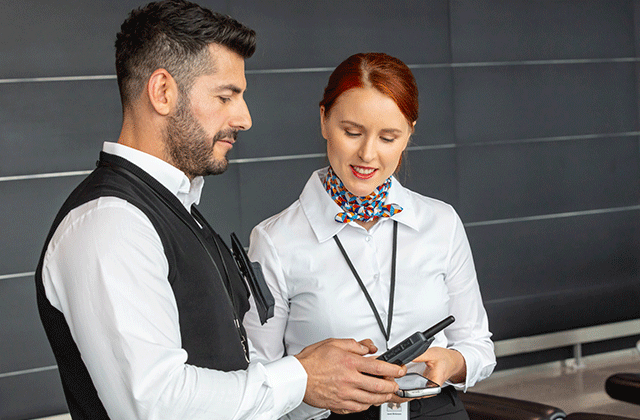
Press one button to speak
Let’s say that you are part of the crew and have to contact the person in charge of catering. The right kind of app will make this easy – you only need to press one button to speak to them. You will not have to know who exactly is doing the job. You will just call “the role” to reach the correct person.
With modern collaboration and communications, you will know what the teams are doing, and you will be able to contact the right people. This helps airports achieve success by becoming more efficient, saving money and improving customer experience.
3 – Medical teams will save time
Huge numbers of people work in the many departments of a large hospital. They all share a common goal – to give patients the best possible care. This makes efficient communications and collaboration very important. Medical and healthcare professionals need to be able to share the right information, securely and efficiently.
When a patient needs emergency treatment, most hospitals still call the medical staff one person at a time. This can take 15-20 minutes or even longer, a very long time when every second counts.
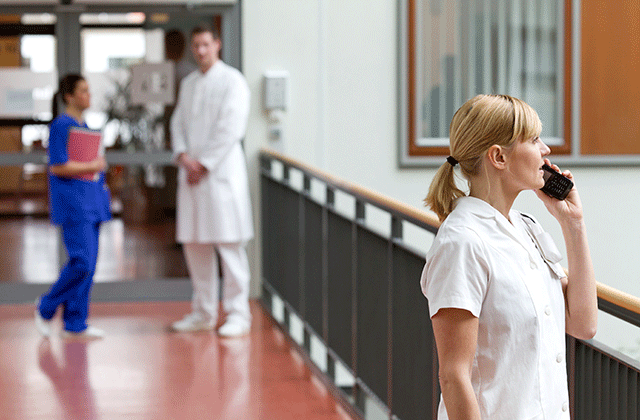
But there is a better way. Instead of calling everyone one-by-one, the trauma team could use a group communication application, such as Tactilon Agnet.
Everyone on the same page
A group communication app is perfect for sending out alerts. Everyone in the trauma team and support functions will get the alert and the same information. Patient monitoring systems can send alerts through an app to nursing staff. Other apps will alert the security staff about fires.
With role and task-based communication groups, the alert will go to the people who are on duty. The ER nurse can see who has received it and who has acknowledged it. If the user doesn’t acknowledge the alert, they will be automatically alerted again. If the user doesn’t accept the task, it will be escalated to the next person.
See your next work task easily
Another app could improve a patient’s care journey. As soon as the patient’s X-ray images are ready, they will be automatically shared with the laboratory. Automated workflows make it easy to see what the next step is – any actions or completed task can also be recorded. This makes the patient’s journey as smooth as possible.
Healthcare professionals can also share things like messages, videos, and documents, without compromising sensitive patient information. The right app will also safeguard the privacy of communications regardless of location so you can get a second opinion from off duty medical staff.
Share information from the ambulance
When the ambulance is on the way to the hospital, the paramedic could use an app to share vital information about the patient’s condition before they arrive at the hospital. The trauma team would be ready to start the patient care right away.
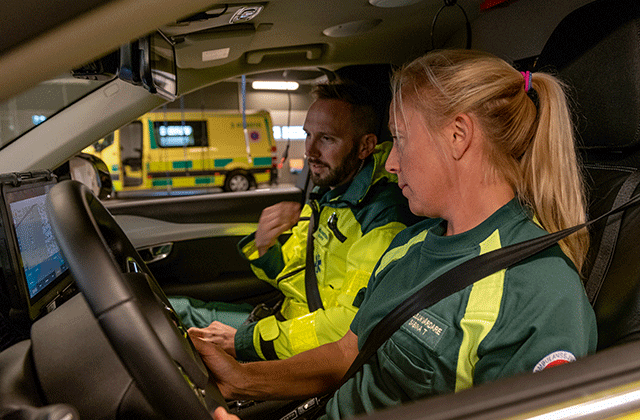
Nurses can give more time to patients
One hospital in Finland adopted group communication. They reported that nurses were taking 40% fewer steps every day. With group communication, the nurse can simply push a button or key and ask for assistance, for example. The nurse won’t have to walk around looking for a colleague. The nurse will also know when help will arrive, and can use the waiting time to care for patients.
It’s a straightforward way to make everyday life easier for medical teams – and help the whole hospital succeed by providing better care for patients.
Getting help to people more quickly, faster turnaround for aircraft, saving time in patient care – these were only three examples of how professional apps could help organizations succeed by working in better ways.
The mobile apps survey seeks to identify new ways to take advantage of apps. Give your input to the 2022 survey today!


